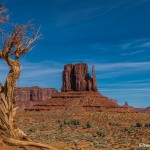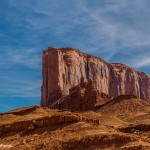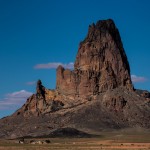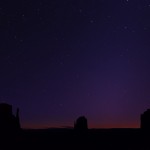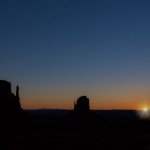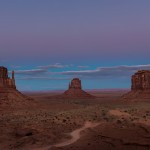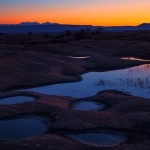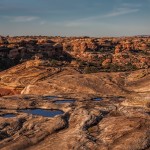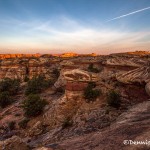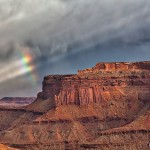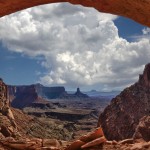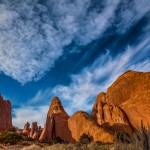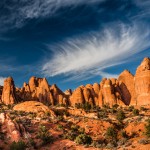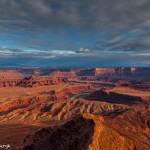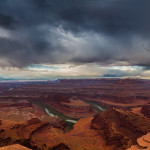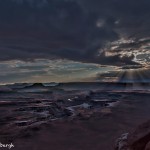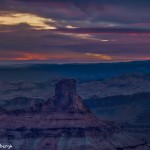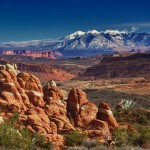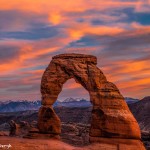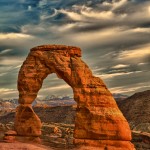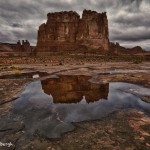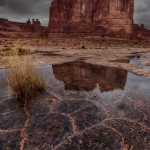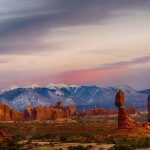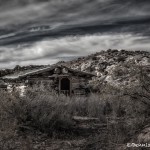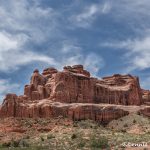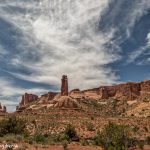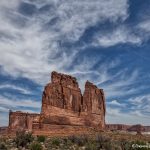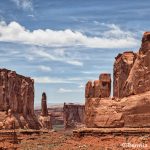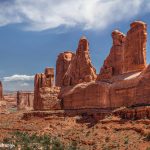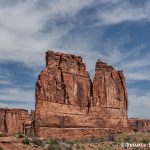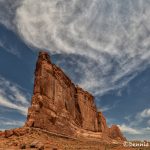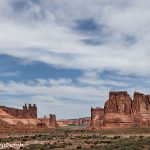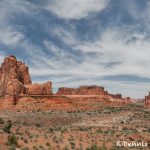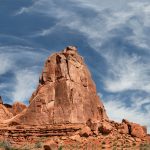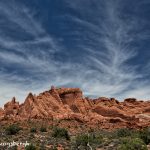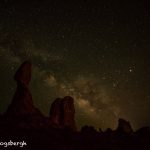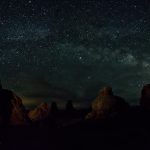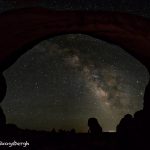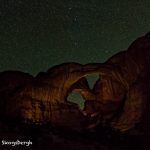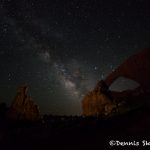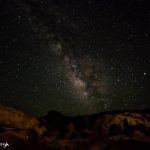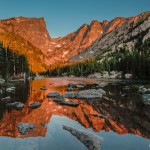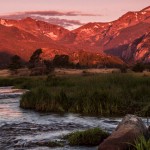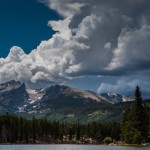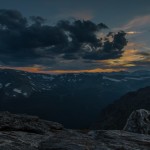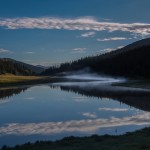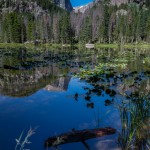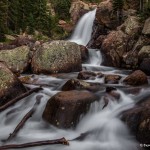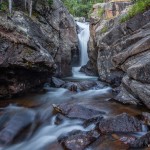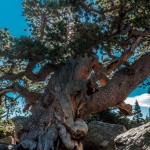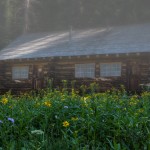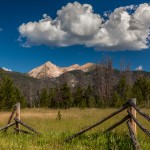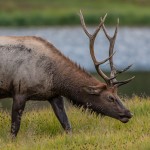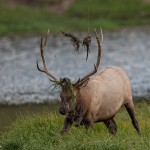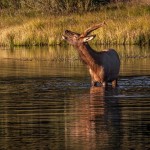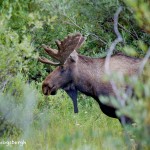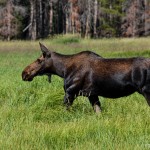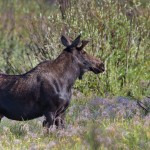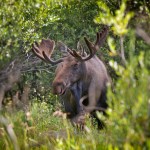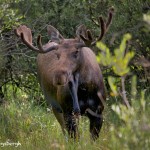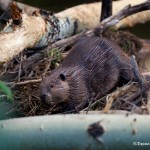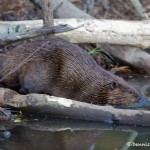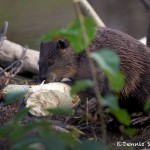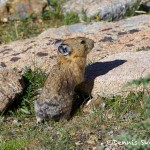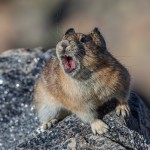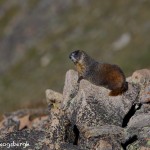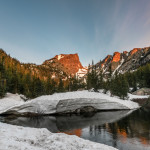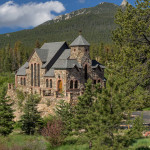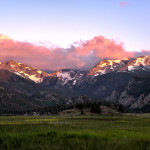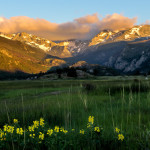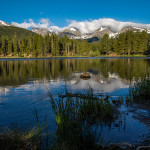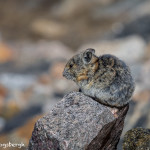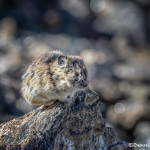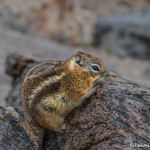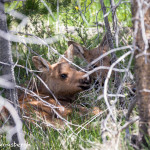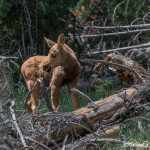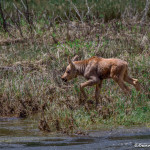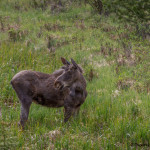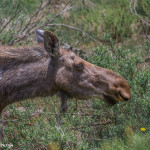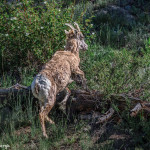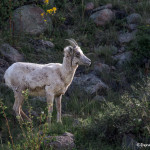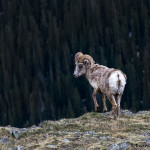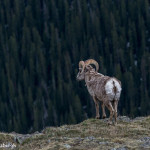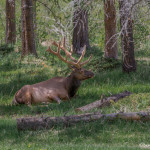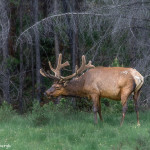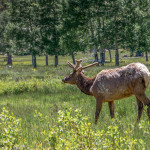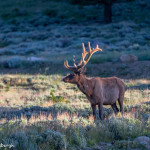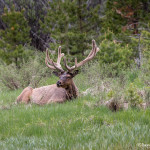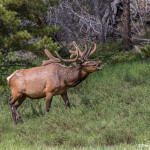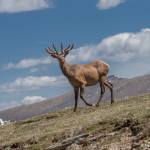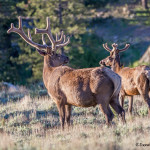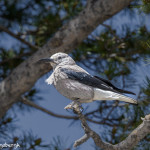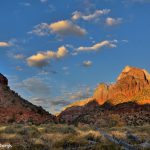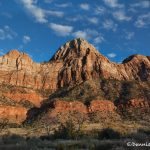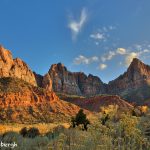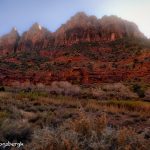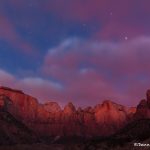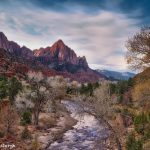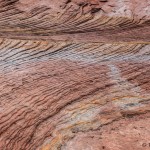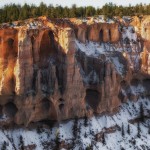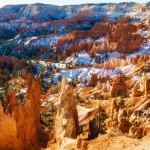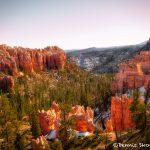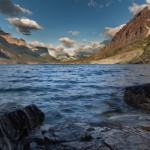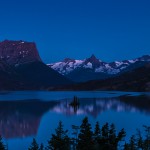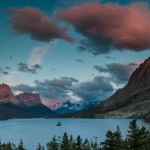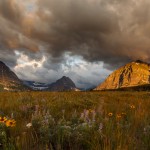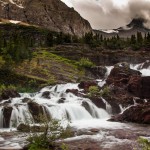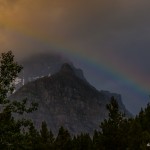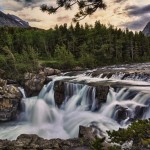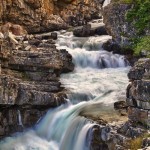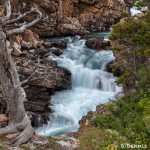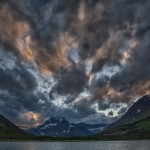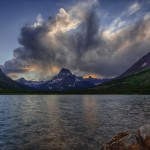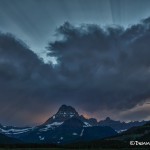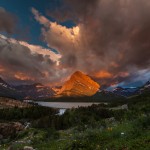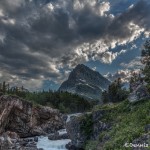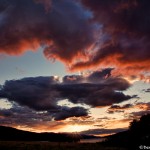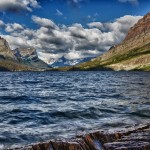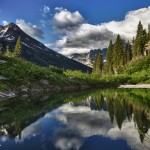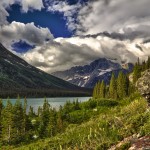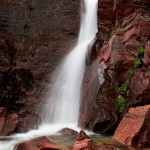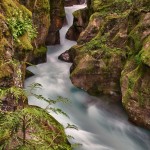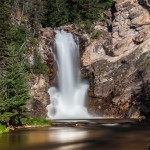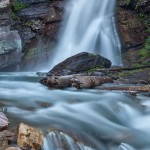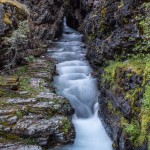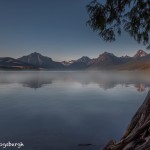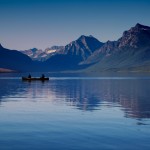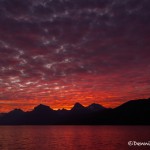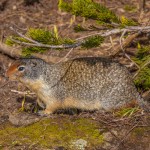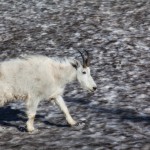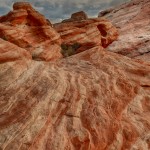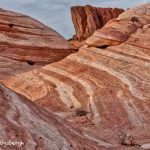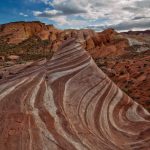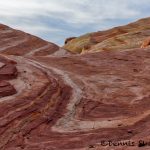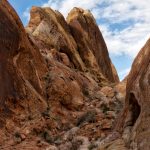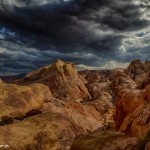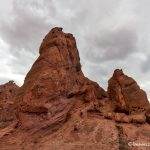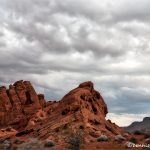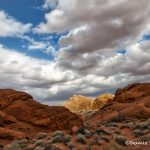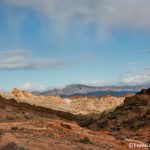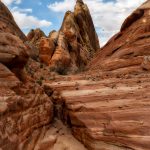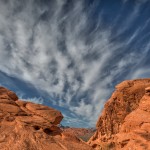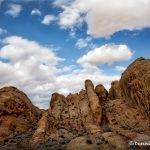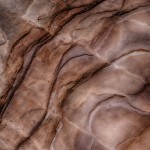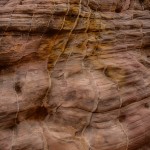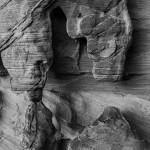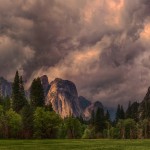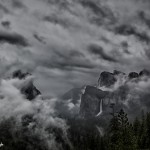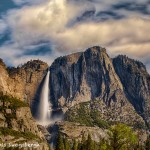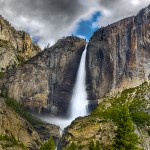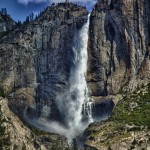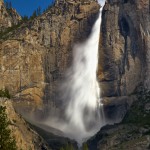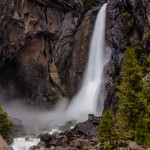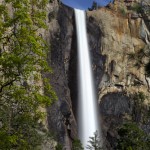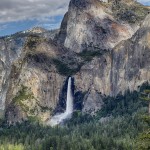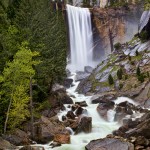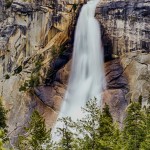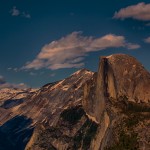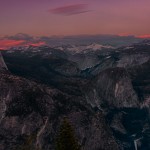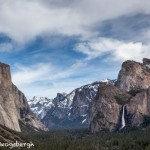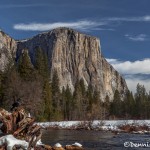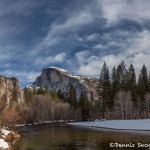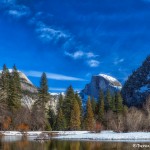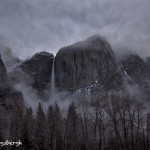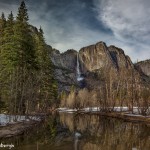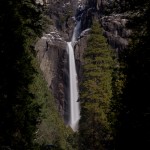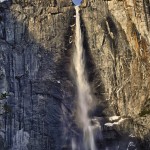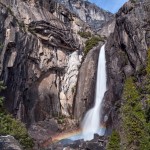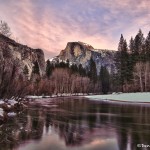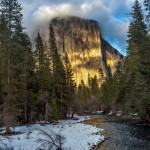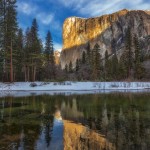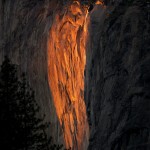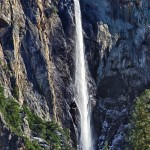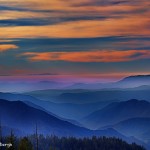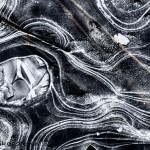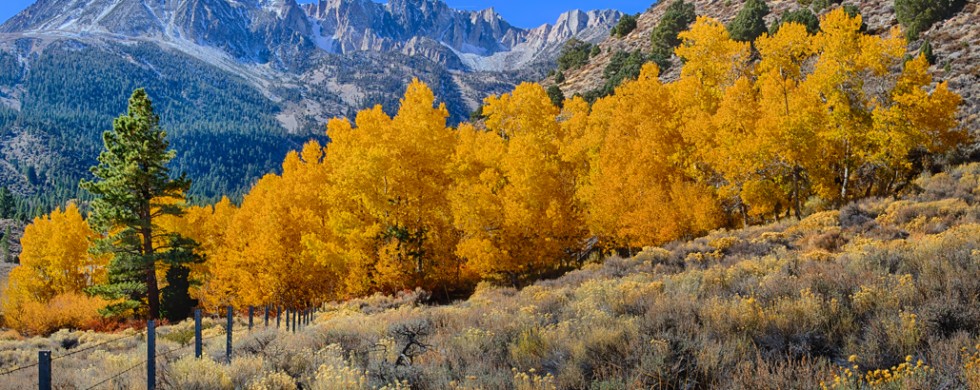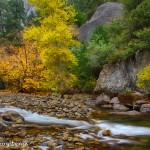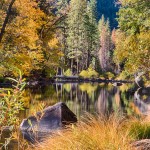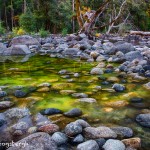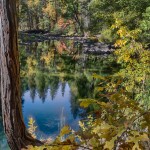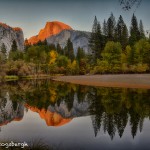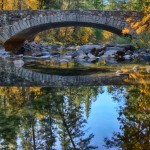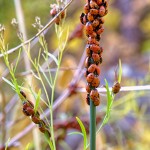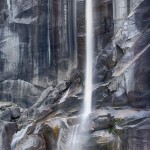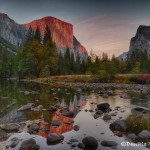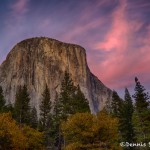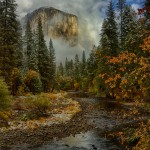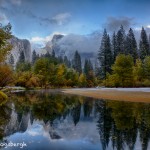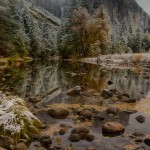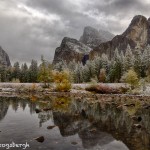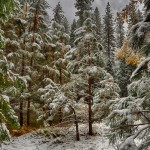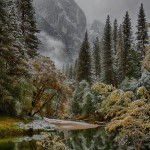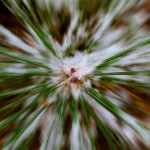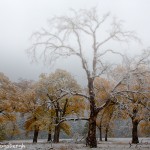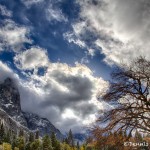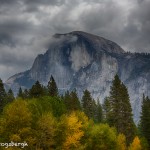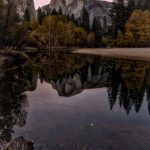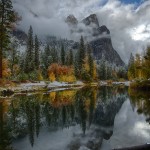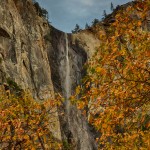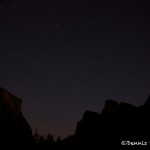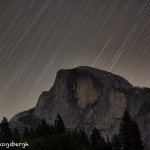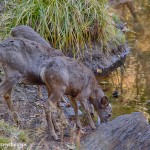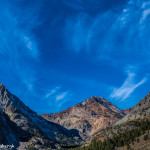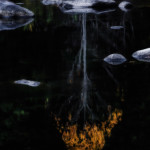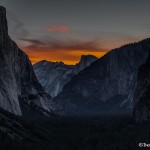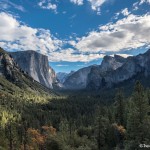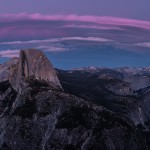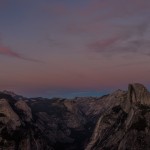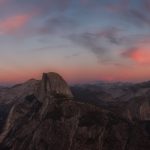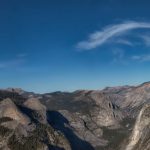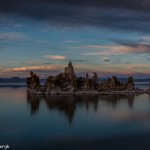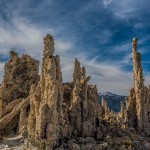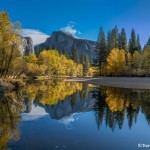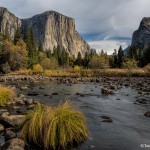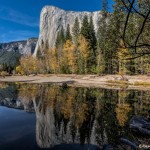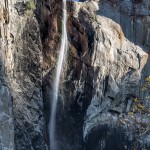31
- 2889 Milky Way, Mexican Hat Rock
- 2904 Monument Valley
- 2909 Monument Valley
- 2903 ‘Totem’ Poles, Monument Valley
- 2902 Monument Valley
- 2901 Monument Valley
- 2900 Monument Valley
- 2884 Sunset, Monument Valley
- 2883 Monument Valley
- 2882 Monument Valley
- 2877 Pre-dawn, Monument Valley
- 2880 Sunrise, Monument Valley
- 2879 Sunrise, Monument Valley
- 2876 Sunset, Monument Valley
- 2875 Monument Valley
- 2874 Monument Valley
- 2873 Mittens, Monument Valley
27
Arches National Park exhibits a varied landscape of contrasting colors, landforms and textures. There are more than 2,000 natural stone arches, virtually hundreds of soaring pinnacles, massive fins and giant balanced rocks.These images were obtained in October of 2011 and June of 2016.
- 2261 Sunrise
- 4401 Sunrise, Canyonlands NP, UT
- 2259 Sunrise
- 4401 Sunrise, Canyonlands NP
- 4396 Dead Horse Point State Park
- 2262 Panorama, False Kiva
- 2257 Arches National Park
- 2256 Arches National Park
- 2265 Sunrise, Mesa Arch
- 2246 Sunrise, Mesa Arch
- 2264 Sunrise, Mesa Arch
- 4399 Sunrise, Turret Arch
- 7274 Utah Pine Tree
- 2975 Dead Horse Canyon
- 2251 Sunset, Dead Horse Canyon
- 2973 Storm Clouds, Dead Horse Canyon
- 2974 Storm Clouds, Dead Horse Canyon
- 2969 Sunset, Clearing Storm
- 4397 Clearing Storm, Dead Horse Canyon
- 2977 Clearing Storm
- 4398 Dawn, Dead Horse Canyon
- 1085 Arches National Park, UT
- 2971 Sunset, Delicate Arch
- 2968 Delicate Arch
- 1113 Sunset, Delicate Arch.
- 1092 Delicate Arch.
- 1091 Storm Clouds, Courthouse Towers
- 2254 Storm Clouds, Courthouse Towers
- 1508 Sunset, Balanced Rock.
- 1510 Patterned Rocks.
- 4395 Wolfe Ranch Cabin
- 5455 Fiery Furnace Viewpoint
- 5468 Arches National Park
- 5476 Arches National Park
- 5475 Courthouse Towers
- 5464 Park Avenue Viewpoint
- 5462 Park Avenue Viewpoint
- 5474 The Three Gossips and Sheep Rock
- 5460 Tower of Babel
- 5458 Tower of Babel
- 5463 Courthouse Towers
- 5473 Arches National Park
- 5472 Arches National Park
- 5461 Fiery Furnace
- 5457 Arches National Park, UT
- 5456 Arches National Park
- 5459 Milky Way, Balanced Rock
- 5471 Milky Way, Garden of the Gods
- 5479 Milky Way, Turret Arch
- 5470 Milky Way From Inside Double Arch
- 5468 Double Arch at Night
- 5469 Milky Way, North Window
- 5466 Milky Way, Mesa Arch
24
Rocky Mountain National Park’s 415 square miles encompass a spectacular mountain environment, with abundant wildlife and many alpine lakes and streams. Trail Ridge Road crests at over 12,000 feet and offers scenic overlooks to alpine and subalpine areas. Photos from August 2011 and July 2014.
- 2218 Sunrise, Dream Lake
- 2216 Sunrise, Moraine Park
- 6811 Reflections, Sprague Lake
- 2228 Storm Clouds, Sprague Lake
- 2184 Sunset, Trail Ridge Road
- 2223 Sunrise
- 2225 Reflections, Nymph Lake,
- 2231 Alberta Falls
- 2220 Chasm Falls
- 2217 Cascade from Sprague Lake
- 2226 Old Tree at Lake Haiyaha
- 2221 Historic Building
- 2222 Rocky Mountain National Park
- 2188 Bull Elk
- 2187 Bull Elk, Rut
- 2187 Bull Elk, Sunrise
- 2185 Bull Elk, Sunrise
- 2230 Decomposed Stump
- 1177 Bull Moose
- 2215 Cow Moose
- 2224 Bull Moose
- 1176 Bull Moose
- 1175 Bull Moose
- 1174 Beaver
- 1173 Beaver
- 1172 Beaver
- 1171 Beaver
- 1167 Pika
- 1166 Pika
- 2227 Pika
- 1165 Marmot
- 3472 Sunrise, Dream Lake
- 3456 Saint Malo Chapel on the Rock
- 3464 Never Summer Mountains, North
- 3450 Sunrise, Moraine Park
- 3452 Sunrise, Moraine Park
- 3451 Sprague Lake
- 3453 American Pika (Ochotona princeps)
- 3470 American Pika (Ochotona princeps)
- 3484 Golden-mantled Ground Squirrel (Callospermophilus lateralis)
- 3483 Golden-mantled Ground Squirrel (Callospermophilus lateralis)
- 3457 Yellow-bellied Marmot (Marmota flaviventris)
- 3454 Yellow-bellied Marmot (Marmota flaviventris)
- 3474 Newly Born Moose Calves
- 3482 Moose Calf
- 3479 Moose Calf
- 3465 Cow Moose with Calf
- 3462 Cow Moose and Calf
- 3463 Cow Moose and Calf
- 3475 Young Bull Moose
- 3478 Cow Moose
- 3481 Bighorn Ewe (Ovis canadensis)
- 3480 Bighorn Ewe (Ovis canadensis)
- 3468 Bighorn Ewes (Ovis canadensis)
- 3467 Bighorn Ewe (Ovis canadensis)
- 3471 Bighorn Sheep (Ovis canadensis)
- 3458 Bighorn Sheep (Ovis canadensis)
- 3477 North American Elk (Cervus canadensis)
- 3476 North American Elk (Cervus canadensis)
- 3469 North American Elk (Cervus canadensis)
- 3455 North American Elk (Cervus canadensis)
- 3459 North American Elk (Cervus canadensis)
- 3460 North American Elk (Cervus canadensis)
- 3461 North American Elk (Cervus canadensis)
- 3466 North American Elk Cervus canadensis)
- 3473 Clark’s Nutcracker (Nucifraga columbiana)
21
Zion National Park is located in Southwestern Utah (78 miles from Bryce Canyon). Zion Canyon proper is 15 miles long and up to half a mile deep. The park includes mountains, canyons, buttes, mesas, monoliths, rivers, slot canyons and natural arches. Bryce Canyon is famous for its unique geology, and consists of a series of horseshoe-shaped amphitheaters carved by the erosional force of frost-wedging and the dissolving power of rainwater. The result is bizarre shapes, slot canyons, windows, fins, and spires called “hoodoos”. Images in this Portfolio were obtained in November of 2011.
- 5634 Sunrise
- 5635 Zion NP
- 5636 Sunrise, Zion NP
- 5637 Sunrise, Zion NP
- 6075 Pre-dawn Colors, West Temple and Towers of the Virgin
- 6076 Dawn, West Temple and Towers of the Virgin
- 6074 The ‘Watchman’, Zion NP
- 2133 Juniper
- 2134 Sandstone Pattern
- 6077 Zion National Park
- 2145 Sunset, Bryce Canyon
- 2144 Bryce Canyon
- 2144 Sunrise, Bryce Canyon
- 2143 Sunrise, Bryce Canyon
- 2142 Sunrise, Bryce Canyon, Thor’s Hammer
- 2140 Sunrise, Winter, Bryce Canyon National Park
- 2141 Winter, Bryce Canyon National Park
- 6073 Sunset, Bryce Canyon
- 6072 Sunset, Bryce Canyon
21
Glacier National Park is located in Montana just south of the Canadian border adjacent to Waterton Lakes National Park. The park encompasses over a million acres and includes parts of two mountain ranges (sub-ranges of the Rocky Mountains) and over 130 named lakes. This collection of images was captured in July of 2011.
- 2163 St. Mary’s Lake
- 2167 Dawn, Wild Goose Island
- 2165 Sunset, Wild Goose Island
- 2162 Sunrise, Wild Goose Island
- 1016 Storm Clouds, Two Medicine Lake.
- 2161 Storm Clouds at Sunset
- 2160 Sunrise
- 2159 Redrock Falls
- 2156 Rainbow, Two Medicine
- 1049 Swiftcurrent Falls, Many Glacier.
- 1050 Swiftcurrent Falls, Many Glacier Valley.
- 4406 Swiftcurrent Falls
- 4408 Two Medicine Lake
- 2154 Storm Clouds, Two Medicine Lake
- 4625 Sunrise, Storm Clouds, Two Medicine
- 2155 Sunrise, Grinnell Peak, Two Medicine Lake
- 4407 Two Medicine
- 1054 Sunrise.
- 1053 Sunrise.
- 1058 St. Mary Lake, Wild Goose Island
- 1058 Mt. Gould, Lake Josephine.
- 1057 Mt. Gould.
- 1056 Lake Josephine.
- 1052 Redrock Falls.
- 1048 Avalanche Creek.
- 2166 Running Eagle Falls
- 1112 Running Eagle Falls.
- 5294 Baring Waterfall
- 2173 Mountains Stream
- 4405 Cascade
- 4626 Cascade, Glacier NP
- 4403 Sunrise, Lake McDonald
- 1014 – Evening, Lake McDonald
- 4404 Sunrise, Lake McDonald
- 2168 Columbian Ground Squirrel (Spermophilus columbianus)
- 2169 Columbian Ground Squirrel (Spermophilus columbianus)
- 2172 Young Mountain Goat (Oreamnos americanus)
- 2171 Young Mountain Goat (Oreamnos americanus)
- 2152 Cinnamon-colored American Black Bear
21
The Valley of Fire State Park (NV) gets its name from the unusually bright crimson color of the sandstone formations, augmented by the setting sun’s soft light. The images were captured in January, 2013.
- 6198 Valley of Fire State Park
- 2069 Valley of Fire State Park
- 6199 Valley of Fire State Park
- 6197 Fire Wave
- 7550 Fire Wave
- 7551 Sunset
- 5531 Valley of Fire State Park
- 6206 Valley of Fire State Park
- 2067 Valley of Fire State Park
- 6203 Valley of Fire State Park
- 6209 Valley of Fire State Park
- 6204 Valley of Fire State Park
- 6205 Valley of Fire State Park
- 6208 Valley of Fire State Park
- 6207 Valley of Fire State Park
- 2062 Valley of Fire State Park
- 6200 Valley of Fire State Park
- 5290 Valley of Fire State Park
- 6202 Valley of Fire State Park
- 6201 Valley of Fire State Park
- 5529 Valley of Fire State Park
- 2881 Sunrise, Elephant Rock
- 2879 Elephant Rock
- 2061 Valley of Fire State Park
- 2054 Valley of Fire State Park
- 2060 Valley of Fire State Park
- 2059 Valley of Fire State Park
- 2285 Valley of Fire State Park
- 2908 Valley of Fire State Park
- 2907 Valley of Fire State Park
26
Costa Rica is home to more than 500,00 species, making it amongst the countries with the highest biodiversity in the world. More than twenty-seven percent of the country’s land has a protected status as national park, wildlife refuge, or forest preserve. National Geographic called it the most “ biologically intense place on Earth.” These images were taken in January of 2013 (Hotel Bougainvillea Gardens, Arenal Lodge, Laguna del Lagarto Lodge, and La Paz Waterfall Gardens) and February of 2014 Hotel Bougainvillea Gardens, Laguna del Lagarto Lodge, Selva Verde Lodge, and Bosque de Paz Lodge).
26
Yosemite National Park has nice photographic options regardless of the season. Each season, however, has good points and bad points. The accessibility to Glacier Point and Tioga Pass is questionable in June and there may be lingering snow. The Valley is greening up with trees blooming and wildflowers out; furthermore, the water flow should be spectacular. All this before the explosion of crowds.
- 1813 June Storms, ‘Tunnel View’
- 1815 June Storm Clouds, Yosemite Valley
- 1822 Storm Clouds, ‘Tunnel View’, June
- 1818 Upper Yosemite Falls, June
- 1817 Upper Yosemite Falls, June
- 1103 Upper Yosemite Falls, June
- 2307 Upper Yosemite Falls
- 1106 Upper Yosemite Falls
- 2308 Lower Yosemite Falls, June
- 1811 Bridalveil Fall, June
- 1809 Bridalveil Fall from the ‘Tunnel View’, June
- 1111 Vernal Falls
- 1821 Merced River Downstream from Vernal Falls
- 1820 Nevada Falls, June
- 1816 Half Dome from Sentinal Bridge, June
- 1819 Sunset, Glacier Point, Half Dome
- 1812 Sunset, Half Dome, Glacier Point, June
23
The good and the bad. Glacier Point and Tioga Roads are closed during the winter months, but the Valley remains accessible by motor vehicle. Water levels may be low, but are usually still flowing. Snow may prevent hiking, but snow can create very special scenes for photography: developing and clearing storms, and the aftermath of newly fallen snow. These images were obtained the first week of February. Water flow was very good but after the first day there was no additional snow. Actually I have seen better snow during a November shoot.
- 4242 Tunnel View, Yosemite National Park
- 4242 Tunnel View, Yosemite National Park
- 4244 Valley View, Yosemite National Park
- 4245 Half Dome, Yosemite National Park
- 4252 Half Dome
- 4248 Yosemite Falls
- 4246 Yosemite Falls, Yosemite National Park
- 4248 Yosemite Falls from Swinging-Bridge
- 1069 Yosemite Falls, Winter
- 1070 Winter, Upper Yosemite Falls
- 1072 ‘Snow-cone’ Upper Yosemite Falls
- 4253 Winter, Lower Yosemite Falls
- 1807 Winter Evening, Half Dome and Valley from Columbia Point
- 4254 Sunset, Half Dome
- 1082 Evening, Half Dome
- 1078 Dusk, Alpenglow, Half Dome
- 2306 Moonlit Half Dome
- 4249 Sunrise, Catheral Rocks and Spires
- 4251 Sunset, El Capitan
- 4250 January Sunrise, El Capitan
- 1824 Horsetail Falls, February
- 1823 Bridalveil Fall
- 1079 Cascade Falls
- 1077 Cascade Falls
- 1075 Sunset, Fog, Looking West on Hwy 41
- 1806 Ice Pattern, January, Merced River
23
Fall in Yosemite can be a photographic bonanza. Unfortunately, by fall, there is low water flow and the possibility of closure of Glacier Point and Tioga Pass roads. But the Big-leaf maples, black oaks, Pacific dogwoods, and other deciduous trees should be very showy. And it’s not just the potential for autumn color change that highlights Yosemite’s classic views but the possibility of sudden stormy weather bringing cloud drama to surround the iconic Yosemite Valley.
- 1783 Autumn Colors, Merced River
- 1786 Autumn Colors, Merced River
- 1791 Autumn Colors, Merced River
- 1741 Merced River, Autumn Colors
- 1749 Autumn Colors, Merced River
- 1747 Autumn Color, Merced River
- 1784 Sunset, Half Dome, Merced River
- 1780 Autumn Colors, Pohono Bridge
- 1742 Lady Bug Scape, November
- 1779 Vernal Falls, November
- 1778 Stoneman Bridge, Half Dome
- 1785 ‘Tunnel View’
- 1740 Sunset, Valley View, Autumn Color
- 1755 Sunset, ‘Valley View’, Autumn Color
- 1745 November Sunset, El Capitan
- 1763 El Capitan, Fog, Autumn Color
- 1753 El Capitan, Autumn Color, Brewing Snow Storm
- 1777 Half Dome, Autumn Color, Recent Snow
- 1776 The ‘Three Brohers’, Fog, Recent Snow
- 1775 El Capitan, Autumn Color, Recent Snow
- 1772 ‘Valley View’, El Capitan, November Snow
- 1765 ‘Valley View’, November Snow
- 1764 Snow, Yosemite Valley
- 1762 Merced River, Snow Storm
- 1761 Pine Needles with Snow
- 1760 Half Dome, Yosemite Meadow, Winter Storm Clouds
- 6133 Foggy Morning View of Half Dome
- 1759 Autumn Color, Yosemity Meadow, Black Oak Trees, Fog
- 1758 Merced River, Autumn Color, Snowfall
- 1757 Yosemite Snow
- 1756 Snowing in Yosemite
- 1754 Yosemite Valley, Autumn Color, Clearing Storm Clouds
- 1752 ‘Tunnel View’, Recent Snowfall
- 1751 Half Dome, Autumn Color, Brewing Snow Storm
- 6137 Half Dome, Sunset
- 1750 The ‘Three Brothers’, November
- 1787 Autumn Colors, Tiogo Road
- 1746 Bridalveil Fall, Autumn
- 1744 Stary Night, Valley View
- 1743 Star Trails, Half Dome
- 1782 Mule Deer, Drink at Dusk
- 3028 Tioga Road Pass
- 3027 Merced Reflections
- 2967 Three Brothers, November
- 2948 Sunrise, Tunnel View, November
- 6135 Sunrise, Tunnel View
- 2966 Tunnel View
- 2951 Sunset, Glacier Point, November
- 2964 Sunset, Glacier Point
- 2963 Sunset, Glacier Point
- 6132 Sunset Panorama, Glacier Point
- 6134 Glacier Point, Yosemite National Park, November, CA
- 2954 Sunset, Mono Lake
- 6136 Sunset, Mono Lake
- 2958 Tufa Towers
- 2957 Half Dome, November
- 2956 November Colors
- 2949 Valley View, November
- 2965 El Capitan
- 2955 Stoneman Bridge
- 2954 El Capitan
- 2953 Merced Reflections, November
- 2952 Merced Reflections, November
- 2950 Bridalveil Fall, November


